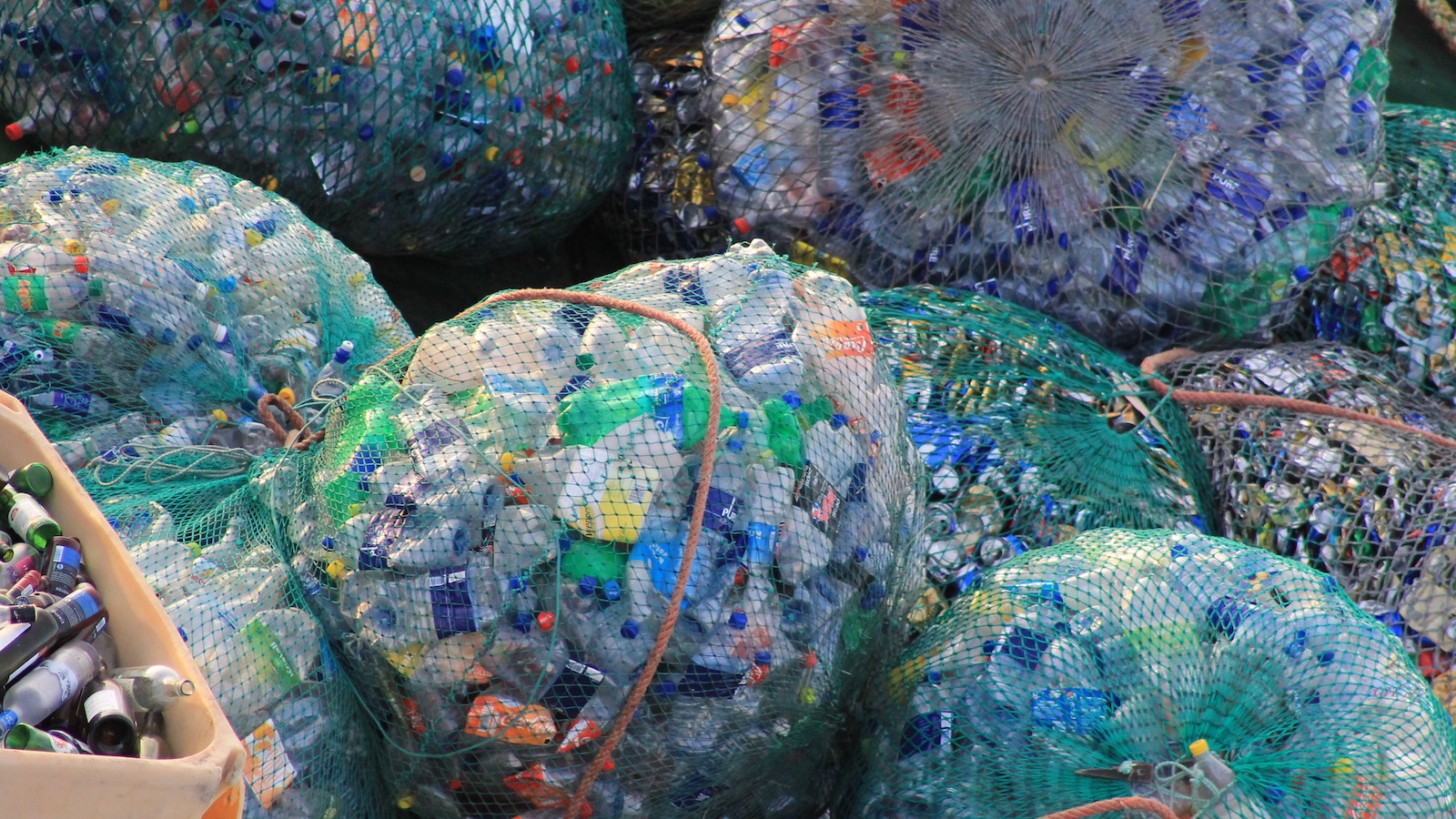Whole Foods has built its brand on a commitment to sustainability and environmentally responsible retail. Its customers shop at its stores because they share that commitment, and they expect the products on the shelves to reflect those values.
One value those customers increasingly share is a desire to reduce the amount of plastic in their lives. But the reality is that Whole Foods often makes it harder, rather than easier, for them to do that.
A survey by our research partners at U.S. PIRG Education Fund reviewed the packaging options of Whole Foods’ “365” in-house brand products in 27 stores across the country to assess consumers’ options for avoiding plastic. We found that despite the company’s efforts to reduce plastic use, customers have limited opportunities to purchase 365 brand items without plastic packaging. Fewer than 50% of the products surveyed were available in plastic-free packaging in the majority of Whole Foods stores.
These results indicate not only that Whole Foods is missing out on a major opportunity to reduce the amount of plastic waste piling up in our communities and environment right now, but also that it could be leading the whole industry further away from single-use plastic if it were to take action. Here are the 10 most effective steps Whole Foods can take to move beyond plastic:
-
Eliminate plastic produce packaging
Trader Joe’s recently eliminated plastic packaging around apples, potatoes and tomatoes, and switched deli plastic backing for paper. Whole Foods can, and should, do the same.
-
Introduce reusable packaging in all Whole Foods stores
One key piece of the plastic-reduction puzzle is reusable packaging. Grocery stores such as Kroger now partner with Loop to provide reusable packaging for a variety of products. The system works by charging a 100%-refundable deposit for reusable packaging, allowing consumers to shop, eat and return the containers to the store.
-
Ensure all remaining packaging is recyclable or compostable — labeled truthfully
In addition to committing to 100% reusable, recyclable or compostable packaging for Whole Foods-branded products, the company should eliminate the “chasing arrows” symbols from products that cannot be recycled. California recently became the first state to require truthful recyclability labeling to help clear up confusion for consumers.
-
Disclose plastic packaging use
Currently, Whole Foods advertises reducing its plastic packaging by 1 million pounds annually. But without disclosing the total amount or types of plastic packaging used each year, there is no way to tell how impactful this reduction truly is.
-
Phase out single-use packaging with dangerous chemicals (BPA, Phthalates and PFAS)
To live up to its green reputation, Whole Foods should get rid of all packaging containing these dangerous chemical compounds, as other companies have already started doing.
-
Accept reusable containers and cups for fresh-food and coffee bars
It’s a commonsense solution: allowing customers to bring their own reusable containers at the deli counter, to-go counter, fish and seafood counter, bakery, hot-food bar, and coffee and smoothie bars. Other stores, including Metro in Canada, have already taken this step — and it would be really simple to implement.
-
Offer on-site compost
Most Whole Foods stores offer fresh food bars with compostable foodware, but many do not offer on-site compost. Changing that would help reduce the millions of tons of compostable food and packaging America wastes every year.
-
Offer 100% recycled paper produce and bulk bags
Whole Foods was the first national retailer to offer Forest Stewardship Council (FSC) certified paper bags at checkout counters. For each bag, consumers are charged a 5-cent fee, incentivizing reusable bags instead of paper. This same principle should be applied to bagging produce and bulk items.
-
Promote reusable packaging alternatives throughout the store
When perusing the aisles of most Whole Foods stores, you’ll come across plastic bags in the produce section and paper bags at check-out stations. Whole Foods should always sell reusable bags at these locations.
-
Invest in community-based waste reduction and recycling infrastructure
Beyond the walls of the store, Whole Foods has several philanthropic programs, including Sourced for Good, the Whole Planet Foundation and the Whole Kids Foundation, among others. These programs provide vital support and funding, but could be expanded to invest in waste reduction and recycling infrastructure initiatives.
